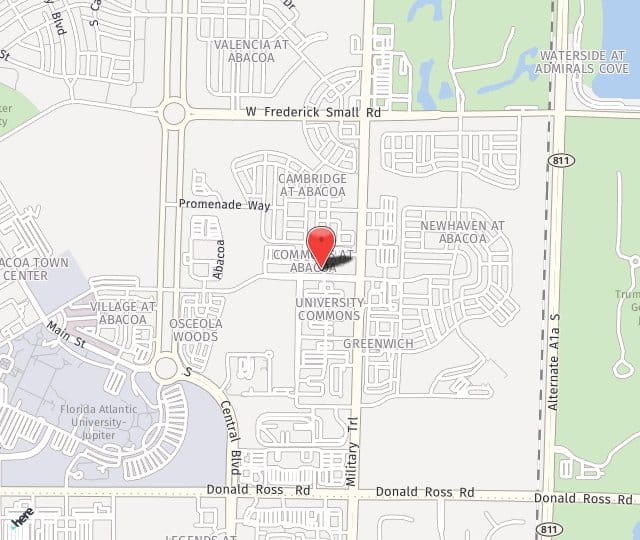Mastopexy (breast lift) with breast augmentation is a combination procedure that lifts sagging breasts while increasing their size and enhancing their shape. Aging, pregnancy, weight loss and gravity can all cause breasts to sag. When sagging cannot be corrected by implants alone, augmentation mastopexy may be recommended. During mastopexy alone, excess skin is trimmed away, supporting tissue is tightened, the breasts are "lifted" to sit higher on the chest, and the nipple and areola are repositioned or resized. By adding augmentation with implants to the procedure, the breasts can also be made larger and firmer.
Candidates for Breast Lift with Augmentation (Augmentation Mastopexy)
Good candidates for breast lift with augmentation surgery have sagging breasts that have lost fullness at the top. Candidates must be in good overall health, maintain a stable weight, and have realistic expectations about what augmentation mastopexy can do. A woman who chooses to undergo augmentation mastopexy is unhappy with her breast size, and has one or more of the following:
- Sagging breasts
- Breasts that have lost shape or volume
- Breasts that are flat or elongated
- Nipples or areolas pointing downward
- One breast lower than the other
A woman planning to have (more) children should not undergo augmentation mastopexy because pregnancy and nursing can counteract its benefits.
The Augmentation Mastopexy Procedure
Augmentation mastopexy is performed on an outpatient basis under general anesthesia, and usually takes 1 to 3 hours. Depending on the degree of sagging, the amount of excess skin, and the size and type of the implants, one of the following types of incisions is often used:
- Around the areola
- A keyhole shape, around the areola and down to the breast crease (also known as lollipop mastopexy)
- An anchor shape, beginning in the breast crease, and extending up to and around the areola (also known as wise-pattern mastopexy)
After the incisions are made, excess skin is trimmed to create a tighter, more defined appearance. The nipple and areola are usually moved higher on the breast or resized. Implants made of either saline solution or silicone gel are inserted into the breast beneath the pectoral muscle or mammary gland. Incisions are then closed with stitches.
Recovery from Augmentation Mastopexy
For a few days following augmentation mastopexy, patients are likely to have bruising, soreness and swelling that may last for several weeks. Breasts are usually wrapped in an elastic bandage after surgery and then within a day or so the patient will be placed in a support bra, which will be worn continuously for 6 weeks. Stitches are typically dissolvable. Most patients return to work within a week; exercise and other strenuous activity should be avoided for 4-6 weeks when the patient has sufficiently healed.
Risks of Augmentation Mastopexy
In addition to the usual risks associated with surgery and anesthesia, risks specific to augmentation mastopexy include the following:
- Capsular contracture (hardening of scar tissue around implant)
- Implant leaks and ruptures
- Implant deflation or shifting
- Temporary or permanent change in nipple/breast sensation
- Irregularities in breast contour/shape
- Asymmetry
- Partial or total loss of nipple/areola
Depending on the incision type used, augmentation mastopexy can produce visible scars, although, in most cases, scars fade over time, becoming much less apparent.

